Is the real Klaus Schwab a kindly old uncle figure wishing to do good for humanity, or is he really the son of a Nazi collaborator who used slave labour and aided Nazi efforts to obtain the first atomic bomb? Johnny Vedmore investigates.
On the morning of 11 September 2001, Klaus Schwab
sat having breakfast in the Park East Synagogue in New York City with Rabbi Arthur Schneier, former Vice President for the World Jewish Congress and closely associate of
the Bronfman and Lauder families. Together, the two men watched one of the most impactful events of the next twenty years unfold as planes struck the World Trade Center buildings. Now, two decades on, Klaus Schwab again sits in a front row seat of yet a generation-defining moment in modern human history.
Always seeming to have a front row seat when tragedy approaches, Schwab's proximity to world-altering events likely owes to his being one of the most well-connected men on Earth. As the driving force behind the World Economic Forum, "the international organization for public-private cooperation," Schwab has courted heads of state, leading business executives, and the elite of academic and scientific circles into the Davos fold for over 50 years. More recently, he has also courted the ire of many due to his more recent role as the frontman of the Great Reset, a sweeping effort to remake civilization globally for the express benefit of the elite of the World Economic Forum and their allies.
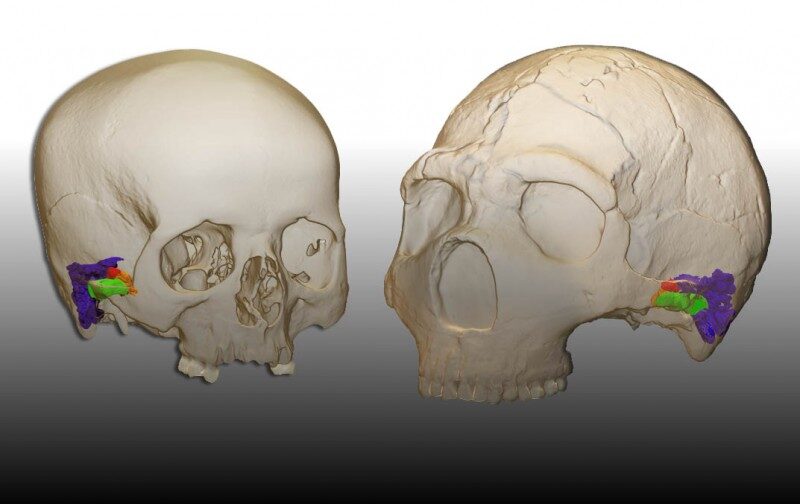
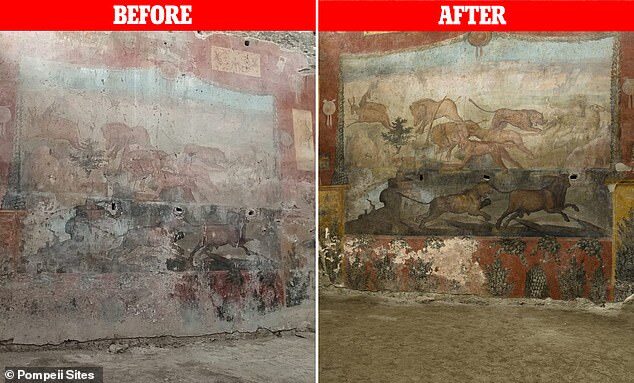
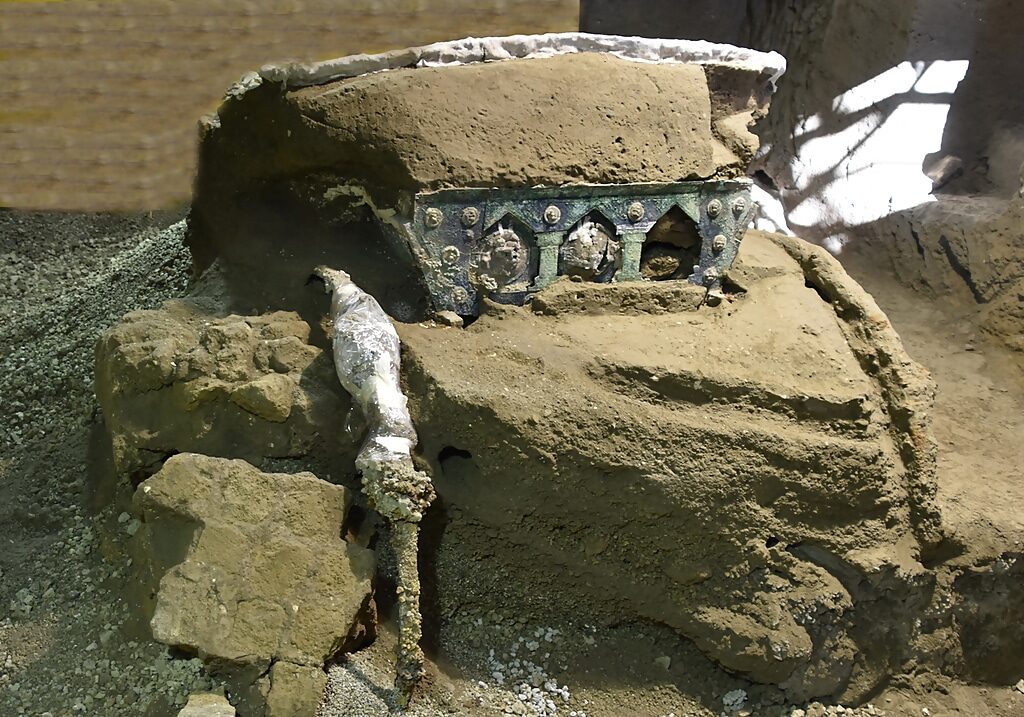
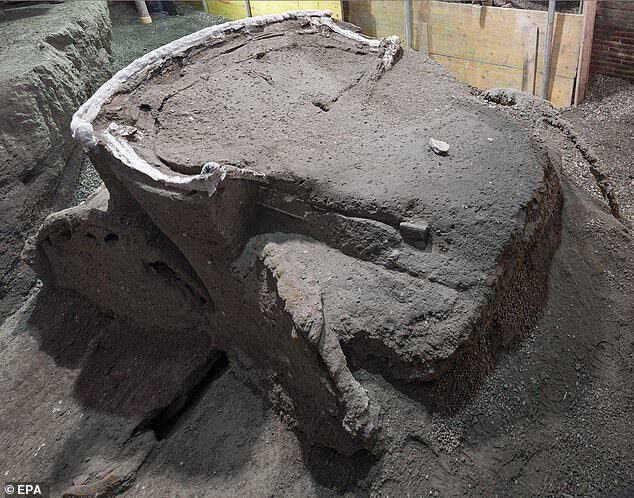
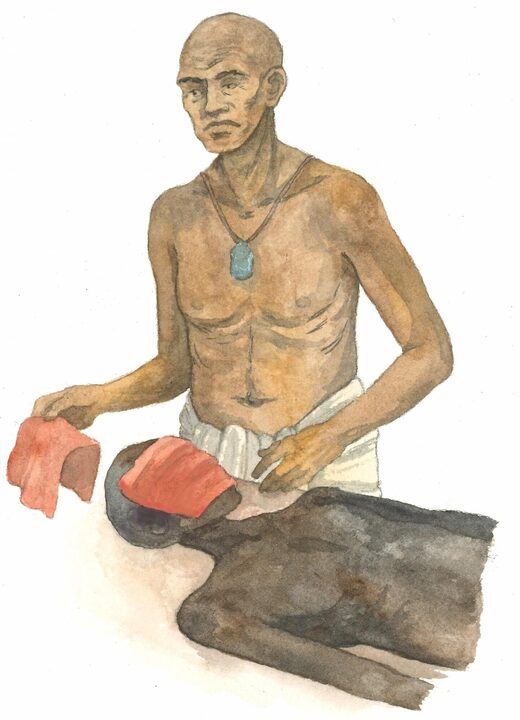
Comment: See also: